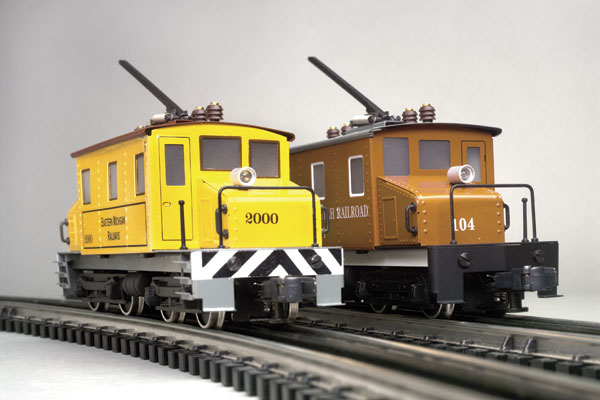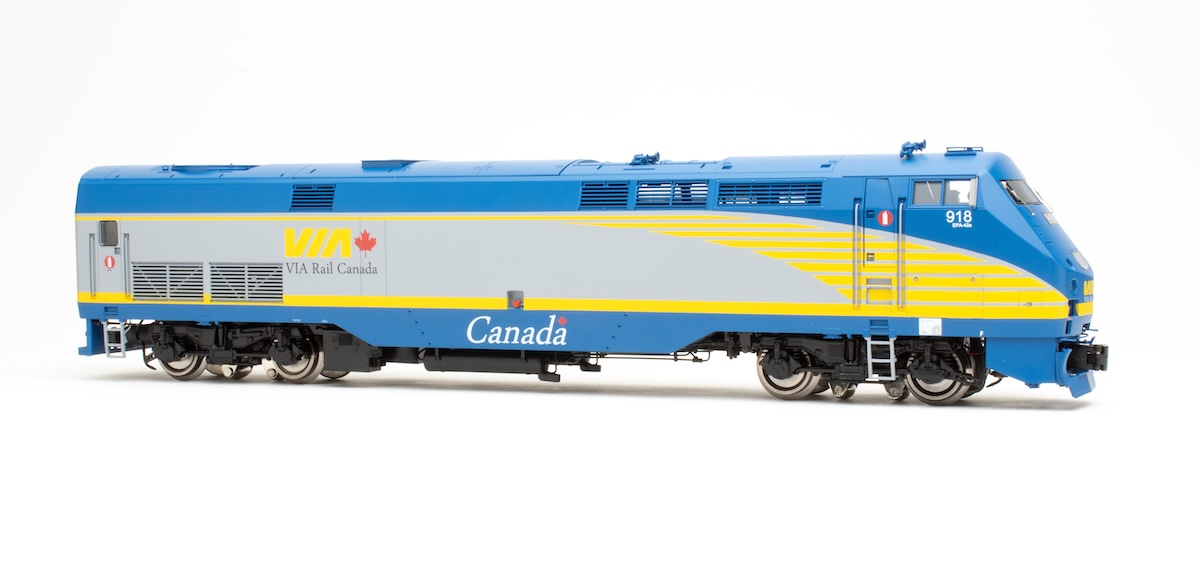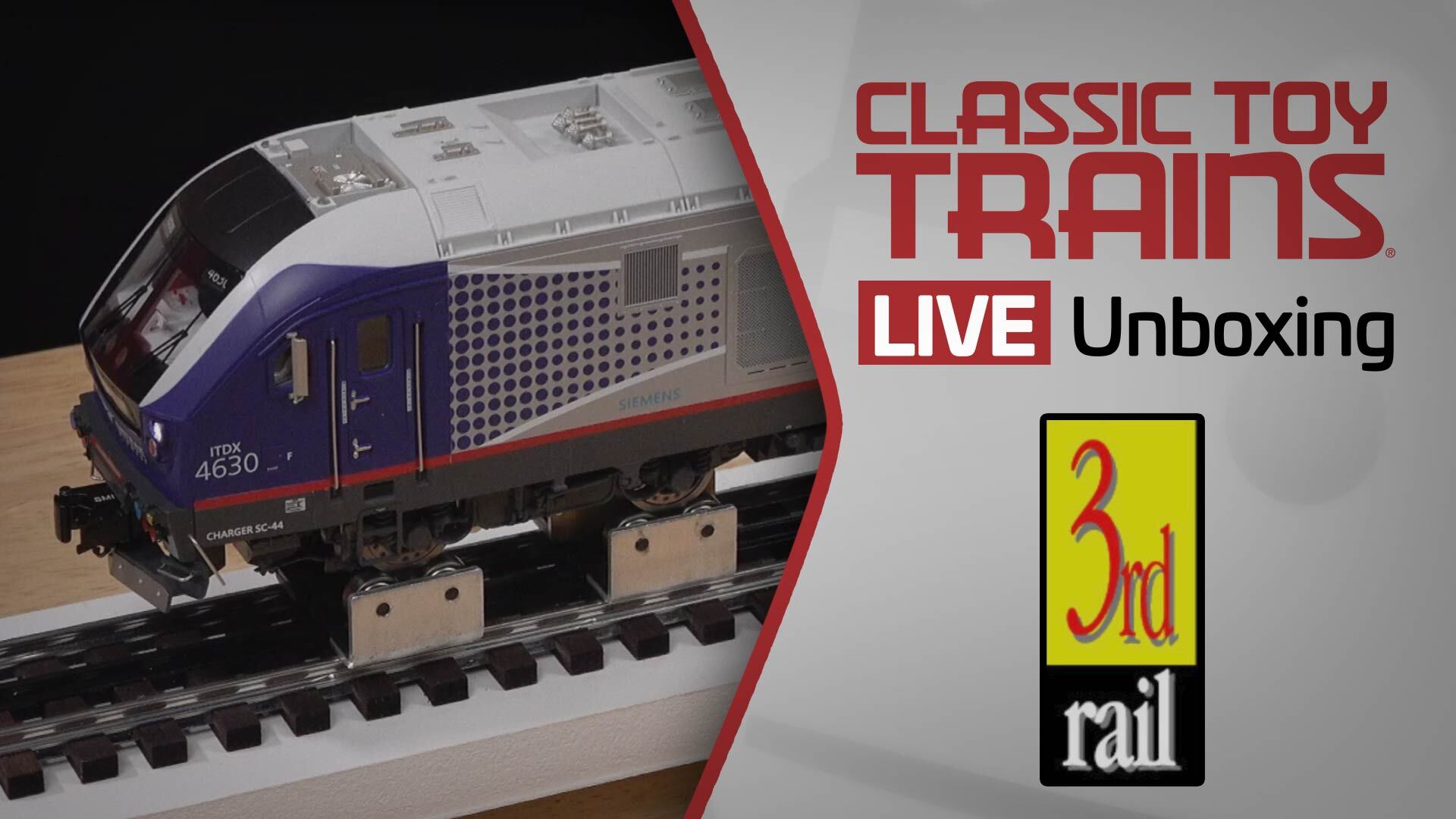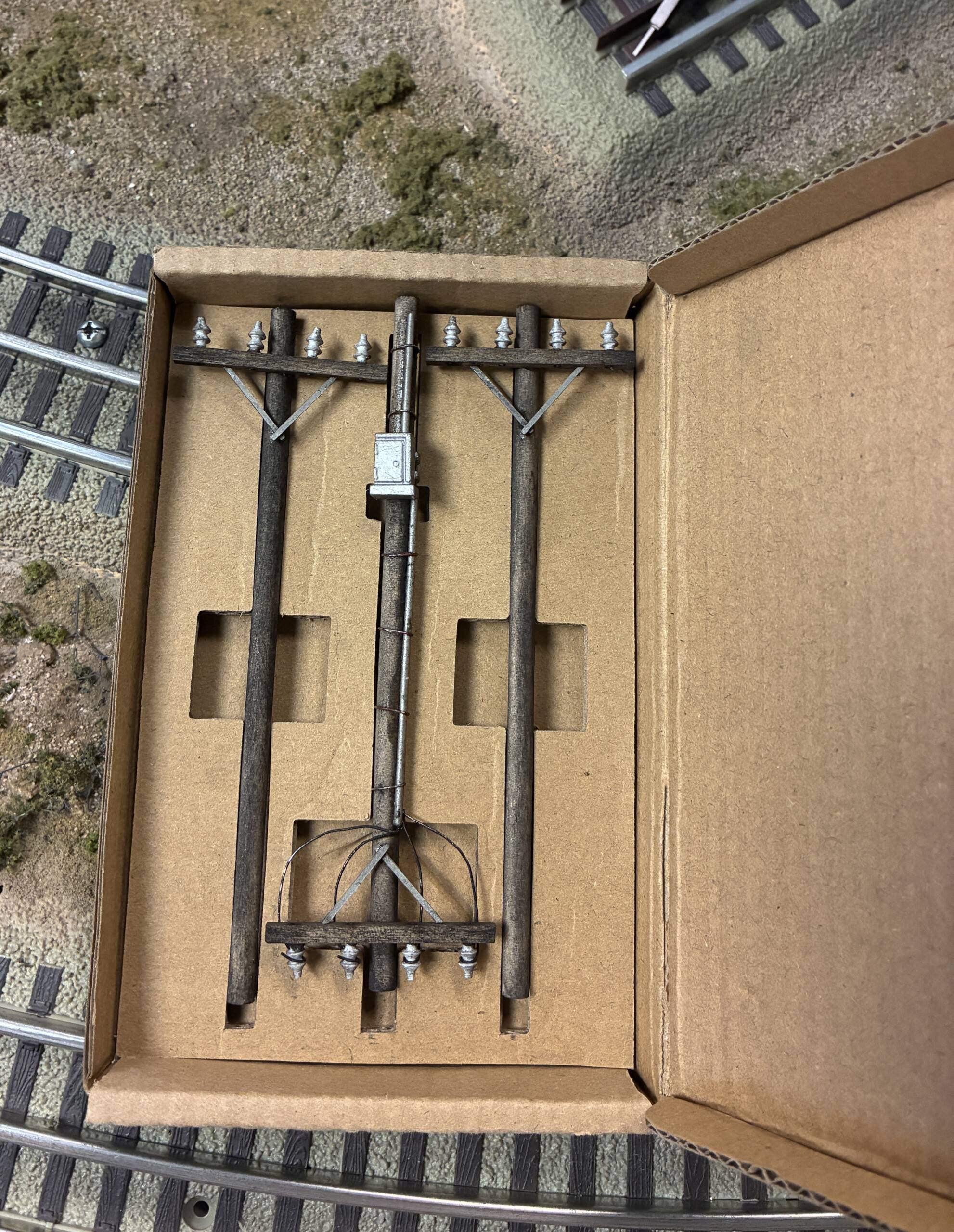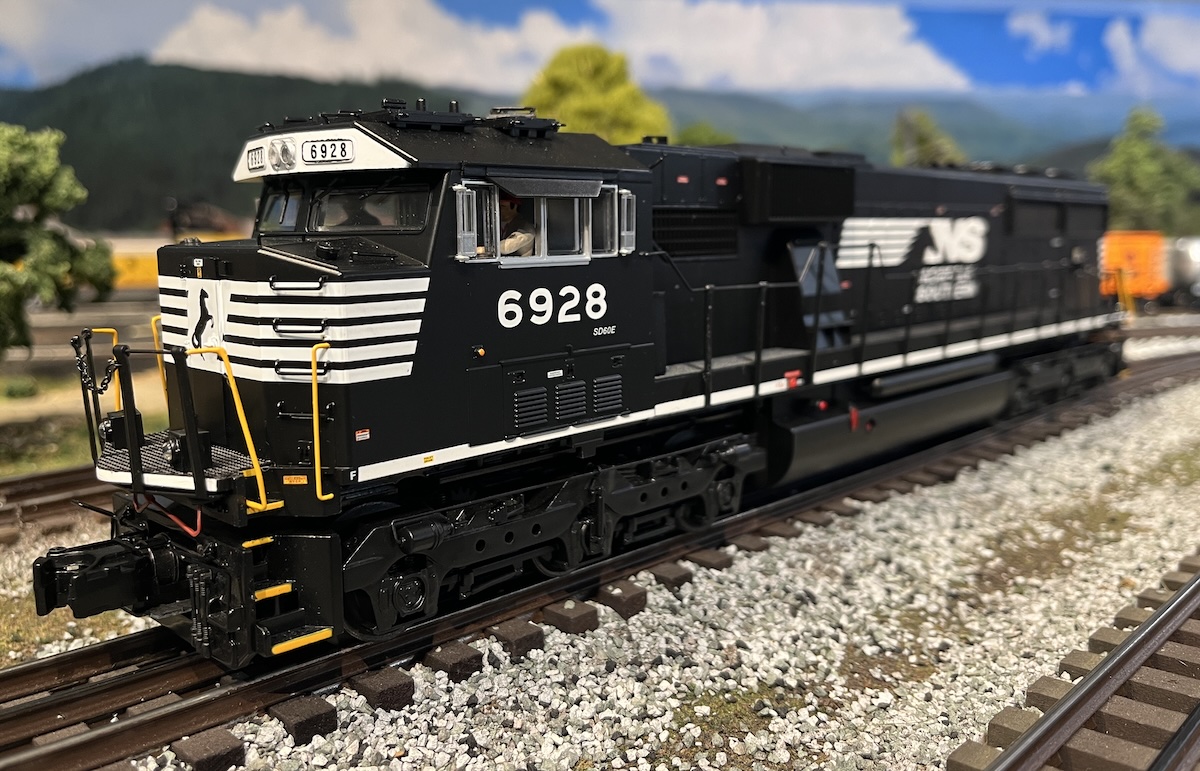In the early days of the 20th century, small electric railways dotted the countryside. While most used trolley-type passenger equipment, quite a few ran express and conventional freight operations via interchanges with non-electrified railroads.
Baldwin Locomotive Works partnered with Westinghouse to offer a line of locomotives (or “motors,” in electric railway usage) for freight, maintenance, and even passenger operations. By 1910, a cohesive catalog was offered, with models ranging from 30 to 80 tons.
The locomotives were available with a surprising variety of factory options: metal or wooden cab, different railings and pilot styles, whistles, footboards, and even multiple-unit fittings. Decades before Burger King restaurants, electric railways could “have it their way” when it came to ordering steeple-cabs.
Still, the locomotives had a basic, standardized look consisting of a central cab for dual-direction operations, a length of 25 to 35 feet, small fore and aft decks, and a variety of single or dual trolley poles or pantographs.
These motors were used in every corner of the United States. However, while the freight motors proved popular, sales of new locomotives were stunted in the 1930s. Why? The industry-wide collapse of interurban railway operations before World War II forced a fleet of freight motors onto the resale market. This glut was able to satisfy the limited demand for this type of engine well into the late 20th century.
There are still a few of these rugged little locomotives in operation, one of the most colorful carriers being the Iowa Traction Railroad in Mason City, Iowa. The Iowa Traction fleet consists of four motors built from 1917 to 1923. It is quite a sight today to witness a locomotive built when Woodrow Wilson was in the White House pulling a long string of contemporary center-flow covered hoppers bearing modern road names.
The model
Our two test locomotives were pre-production samples built by ETS in the Czech Republic and sold in the United States under the Semaför brand. All ETS/Semaför locomotives are crafted from sheet metal and metal castings, but with a contemporary motor and drivetrain within.
While I personally thought the workmanship of the two locomotives was just fine, Gustav Taus, proprietor of ETS/Semaför, was intent on pointing out that the body shell corners and other features of these two locomotives were produced by hand. Regular production models will be crafted more tightly using jigs and other machinery.
Regardless, this is a cool locomotive. Like the light saber in the Star Wars flicks, this is a symbol of model railroading from a more elegant time.
Dimensionally, the model is scaled to European O gauge, which is 1:45 instead of our American 1:48. The frame is just over 81/2 inches in length, and the cab roof is 2 inches above the frame.
The steeple-cab’s construction is classic tinplate. The frame is sheet metal with side steps, pilot steps, and add-on air reservoirs. The deck features grab irons on the nose, handrails on each pilot, and a unique “pole” for crewmembers to grasp for getting up on the deck.
Both ends of the locomotive feature headlights (lighting is directional), and the decks have plenty of space to spot a crewmember or two.
The metal sides have embossed rivet, vent, and door indentations. While the individual impressions may seem large, the overall result is a highly satisfying appearance that defines the expectation of a toy train. And, for that matter, it is in harmony with the vintage appearance of the prototype.
The truck side frames and the Lionel-compatible knuckle couplers are die-cast metal (European-style couplers also are available).
Our sample models have sprung trolley poles on their roofs. When researching prototype information, I found photographs of steeple-cabs with a variety of poles and pantographs, all depending on what the ordering railway requested. Semaför offers additional road names including at least one (Niagara Junction Ry.) with pantographs.
The paint and decoration on our two pre-production samples – Eastern Michigan Railways and Salt Lake and Utah Railroad – was neatly applied. The Michigan locomotive also features diagonal safety stripes on each end.
On the test track
Performance of our two sample locomotives was Swiss-watch smooth, as has been the case with other Semaför/ETS locomotives we have tested.
Each locomotive is powered by two thumb-sized can motors, each nestled atop a truck. What little mechanical noise the motors and drivetrain produce evoke the sound of a precision machine. ETS locomotives designed for AC operation use a clutch system that allows the locomotive’s wheels to roll freely when power is turned off. Also, there is no neutral, just forward and reverse.
Our tests produced a low-speed average of 8.1 scale mph and a high-speed average of 57.5 scale mph. Drawbar pull for the 1-pound 5-ounce locomotive was 1 pound. There are no traction tires. While the drawbar figure sounds light, the model’s pulling power is reflective of the prototype.
Center rail power is picked up by floating “buttons” mounted on the bottom of each truck. The buttons skim along the top of the center rail, similar to a sliding shoe. I experienced a stumble or two swinging through track switches at lower speeds, but otherwise the locomotive operating experience was both fun and novel.
Semaför/ETS locomotives are traditional toy trains. There are no sound systems on our sample models and Semaför/ETS does not offer command control components. While our samples are designed for three-rail AC layouts, models can also be purchased for two-rail DC use. Semaför reports the steeple-cab can run on track as tight as O-27.
This is certainly one of the most interesting locomotives we’ve reviewed in a while. The steeple-cab is a notable locomotive that has heretofore been unavailable in O gauge, and the attractive stamped-steel body style is a real plus. The real-life steeple-cab was whimsical yet quite functional, and so is Semaför/ETS’s model.





